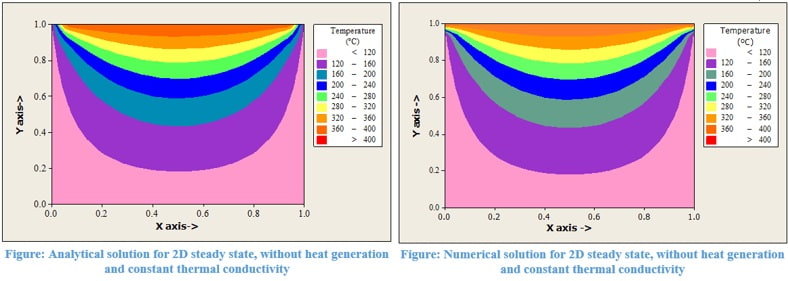The following projects are based on heat transfer. This list shows the latest innovative projects which can be built by students to develop hands-on experience in areas related to/ using heat transfer.

As we all know that for a flying object to fly, it is important an external source of energy to overcome the gravitational and inertial forces and carry the to desired altitudes. There are different sources of energy used in flying objects like petroleum fuels along with piston & Wankel engines, Jet fuels aka ATF aka avtur fuels along with gas-turbine engines. Another source of supplying power to the flying objects is hot air used along with sterling engines.

One of the advanced technologies which use a higher temperature for producing output is plasma technology. One associated application of it is plasma propulsion. Plasma propulsion is a technology in which the propellant is in an ionized or plasma state.

A plasma railgun is a linear accelerator uses two long parallel electrodes to accelerate a "sliding short" armature. In a plasma railgun, the armature and ejected projectile consist of hot, ionized, gas-like particles heated by a very high temperature. Scientific plasma railguns are operated in a vacuum.

The light-gas gun is an apparatus for physics experiments, a highly specialized gun designed to generate very high velocities. Basically adopted to study and understand the high-speed impact phenomena, leading to the formation of impact craters by meteorites or the erosion of materials by micrometeoroids. Some basic materials research relies on projectile impact to create high pressure: such systems are capable of forcing liquid hydrogen into a metallic state.

A space gun is a method of launching an object into space using a large gun or cannons. Space guns provide a method of non-rocket space launch. It has been conjectured that space guns could place satellites into Earth's and could launch spacecraft beyond Earth's gravitational pull and into other parts of the Solar System by exceeding Earth's escape velocity of about 11.2 km/s or 40,320 km/h or 25,050 mph.
Want to develop practical skills on latest technologies? Checkout our latest projects and start learning for free

All the engineering devices we use involves the conversion of energy. In this process, a lot of heat released to the surroundings as a part of energy loss. The efficiency of any device can be increased by minimizing loss due to heat transfer. That’s why a lot of research going on around the world in the field of heat transfer. To solve real-life heat transfer problems Numerical methods are preferred, because of less time consumption, ease, and convenience. To get hands-on experience on numerical methods, here you are going to solve the Two-Dimensional flat plate problem with Constant conductivity heat transfer by using Numerical methods.

Numerical analysis is one of the most researched fields today. Getting an exact solution for physical problems is too difficult and again for most of the physical problems exact solution does not exist at all, so numerical techniques are preferred to obtain a fairly exact solution with ease. In this project, you will write your own codes to simulate temperature distribution over a 1D flat plate and compare its result with the exact solution to check the accuracy of your Numerical solution.

There are mainly three different ways of heat transfer, Heat transfer by conduction, convection, and radiation. Conductive heat transfer is the basic mode of heat transfer, and it is comparatively easy to understand. In this project, you are going to solve a 2D conductive heat transfer problem involving variable conductivity. You will use numerical methods to solve this problem.

Heat exchanger has been a part of many works producing devices such as air conditioner, refrigerator, automotive, manufacturing, thermal power plants etc. Convective heat transfer is the main phenomena behind the working of heat transfer. A lot of research going on around the world to increase the heat transfer rate of a heat exchanger. One way of increasing this is by introducing extended surfaces inside the fluid flow which will result in more surface area and flow velocity. This technique is known as passive heat transfer augmentation technique. In this project, you will work on increasing the coefficient of convective heat transfer inside a Copper tube using the above technique and will observe the benefits of this technique.

You can build this project at home. You can build the project using online tutorials developed by experts. 1-1 support in case of any doubts. 100% output guaranteed. Get certificate on completing.
Want to develop practical skills on latest technologies? Checkout our latest projects and start learning for free
Join 250,000+ students from 36+ countries & develop practical skills by building projects
Get kits shipped in 24 hours. Build using online tutorials.
Stay up-to-date and build projects on latest technologies